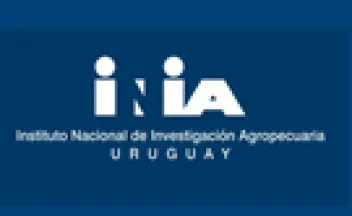Instituto Nacional de Investigación Agropecuaria
Uruguayan family farming improvement project.

While the agricultural sector in Uruguay has achieved a significant growth over the past decade, it has been uneven with a large small farmer sector lagging behind. The Ministry of Livestock, Agriculture and Fisheries (MGAP) estimates that 63% of Uruguayan farms are family farms (FF) occupying 15% of the country’s land under agriculture and livestock production but productivity is well below national average. Uruguayan family FF are mainly dedicated to beef and sheep production.
Co-inovação em sistemas familiares de gado de corte na Região leste do Uruguay. III:Imacto na sustentabilidade dos sistemas de produção. [Co-innovation in family livestock systems in eastern Uruguay. III:Impact on farming systems sustainability]

ABSTRACT. In Uruguay, livestock production involves 65% of the family farmers and more than 70% of the total area of the country. Most family farms are cow calf systems being natural grasslands the main source of animal feed. Natural grasslands constitute low cost forage and offer several ecosystem services. In the last 10 years the number of livestock family farmers decreased drastically.
Co-inovação em sistemas familiares de gado de corte na Região leste do Uruguay. III: Imacto na sustentabilidade dos sistemas de produção. [Co-innovation in family livestock systems in eastern Uruguay. III: Impact on farming systems sustainability]

ABSTRACT. In Uruguay, livestock production involves 65% of the family farmers and more than 70% of the total area of the country. Most family farms are cow calf systems being natural grasslands the main source of animal feed. Natural grasslands constitute low cost forage and offer several ecosystem services. In the last 10 years the number of livestock family farmers decreased drastically.
Paginación
- Página anterior
- Página 35
- Siguiente página
